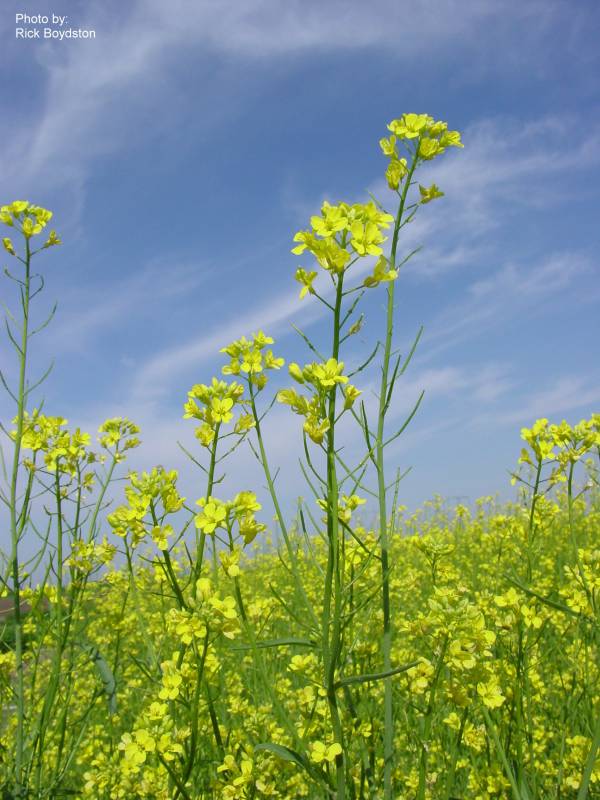Hosted by the University of Washington Herbarium, Burke Museum
Publication: Consp. Pl. Charcov. 8. 1859.
Origin: Introduced from Eurasia
selected vouchers: WTU
Notes: FNA7: "Brassica juncea is cultivated in North America primarily as a vegetable and condiment, and is currently being developed as an oilseed crop in western Canada. Its greatest diversity of forms occurs in Asia, where the species is widely cultivated as a vegetable and as an oilseed crop (I. A. Al-Shehbaz 1985). Two main variants are distinguished on the basis of seed color: oriental mustard is yellow-seeded, and brown or Indian mustard is brown-seeded. The species is an allotetraploid derived from hybridization between B. nigra (n = 8) and B. rapa (n = 10). Its center of origin is uncertain but is most likely the Middle East, with possibly independent multiple origins within overlapping ranges of the putative parental taxa (S. I. Warwick and A. Francis 1994)."
References: (none)

